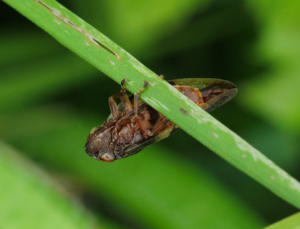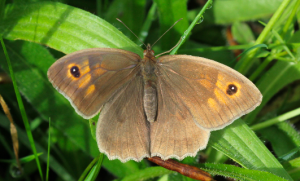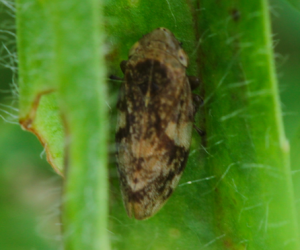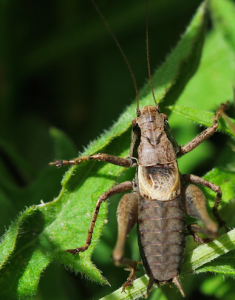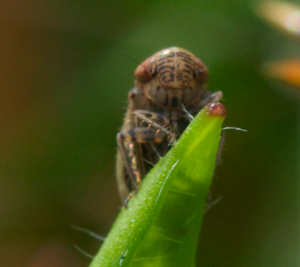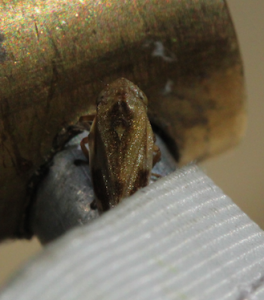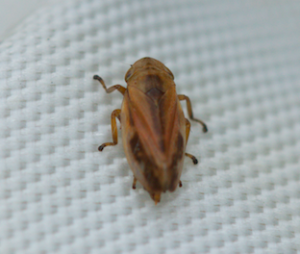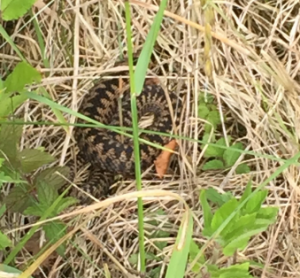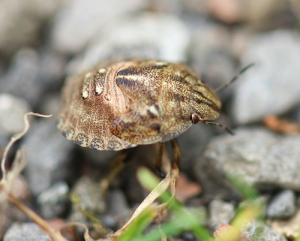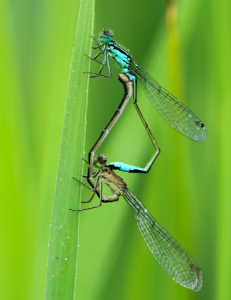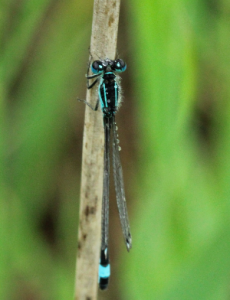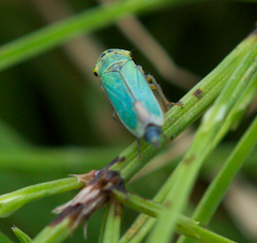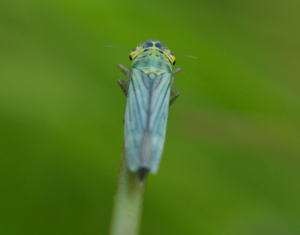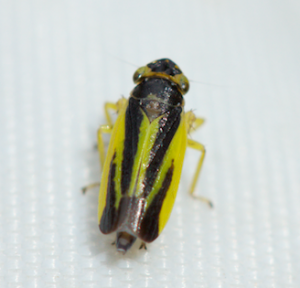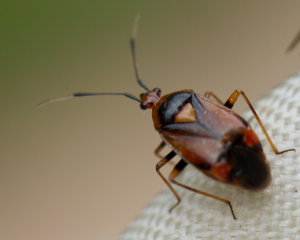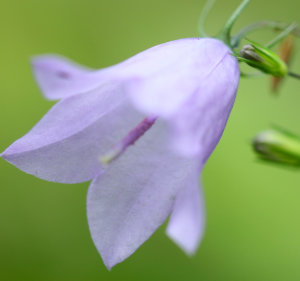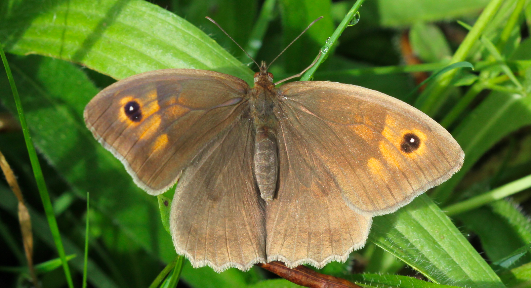
Another busy month, with a mix of fieldwork, helping out with a family friendly insect walk, dormouse surveys, Botany outings and two brilliant courses.
I love being out in the field, learning how to identify species and collecting specimens. This has been a very busy month in terms of surveying. I have continued the monthly visits to Ffos y Fran and Pentwyn, the freezer at the museum is filling up fast with loads of specimens to work through and identify, when things start to quieten down!
Here are some findings from my recent visit to Pentwyn….
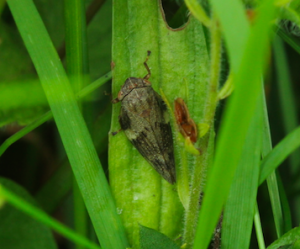
Aphrophora alni,
Alder Spittlebug. Much bigger than the Common Froghopper, more of a diamond shape overall.
Mike (my mentor) makes an annual visit to a very interesting site in Mountain Ash, where he collects Common Froghoppers, Philaenus spumarius from this site, I had the opportunity to go along with him this time. The field we collected from is now managed by The Wildlife Trust of south and West Wales – and is part of the Pwll Waun nature reserve. The purpose of collection here is very interesting, the field is in an area that was previously known as one of the most polluted parts of the UK, this was due to a Phurnacite Plant that once existed there. The Plant was built to produce smokeless fuel, ironically, the fumes produced by the manufacturing process were emitted into the surrounding atmosphere, making it extremely polluted. The Common Froghopper is a very variable species, in terms of pattern and colour. It was found that the froghoppers at the site, near to the plant shortly after it closed down were all of the very dark variant. Suggesting some sort of situation similar to that of the Peppered moth, Mike and others have been investigating the dark colouration of the froghoppers in relation to the once polluted area.
It is always great to go out and about with Liam. We went to Cwmaman this month, the site is well known for its high population of Adders. So far, our visits to the site has left us without any Adder encounters, this time however…
As much as I love learning about hoppers, it is great to be able to branch out. This month I attended a brilliant course, led by Gwent Wildlife Trust. It was a Dragonfly and Damselfly ID course, with the theory covered inside, before heading out to put our new-found identification skills into use. The weather was gloomy but we still managed to spot some damselflies.
One of the highlights of this month was definitely attending a Field Studies Council Course, at Preston Montford and Shrewsbury. I haven’t been on a FSC course before, it was brilliant! The course was led by Alan Stewart from Sussex University, an expert in hoppers. As soon as we arrived at the centre on Friday evening, we were treated to a three-course meal, before getting started on the evening session. The night consisted of an introduction to Auchenorrhyncha. It was a great overview and good to have a re-fresher. We started bright and early Saturday morning, with a trip around the grounds of the centre to collect some hoppers! As soon as the rain came, we settled indoors in-front of our microscopes ready to get identifying what we had caught. This was the most valuable part of the course for me, working through the keys with Alan on stand-by to answer any questions, or give a gentle nudge in the right direction. We worked well into the night (with a break for another three-course meal). With the sun shining on Sunday morning we headed out on a field trip to two beautiful sites, both managed by the Wildlife Trust. The limestone grassland at a beautiful quarry offered us some different species to get to grips with. Sweeny Fen was the second site, which was full of the beautiful and striking damp/marshy grassland loving leafhopper – Cicadella Viridis. The weekend flew by and I have a large collection of specimens to work through and identify. It was a brilliant course, I can’t wait to get out collecting and identifying more! – it is quite addictive!

